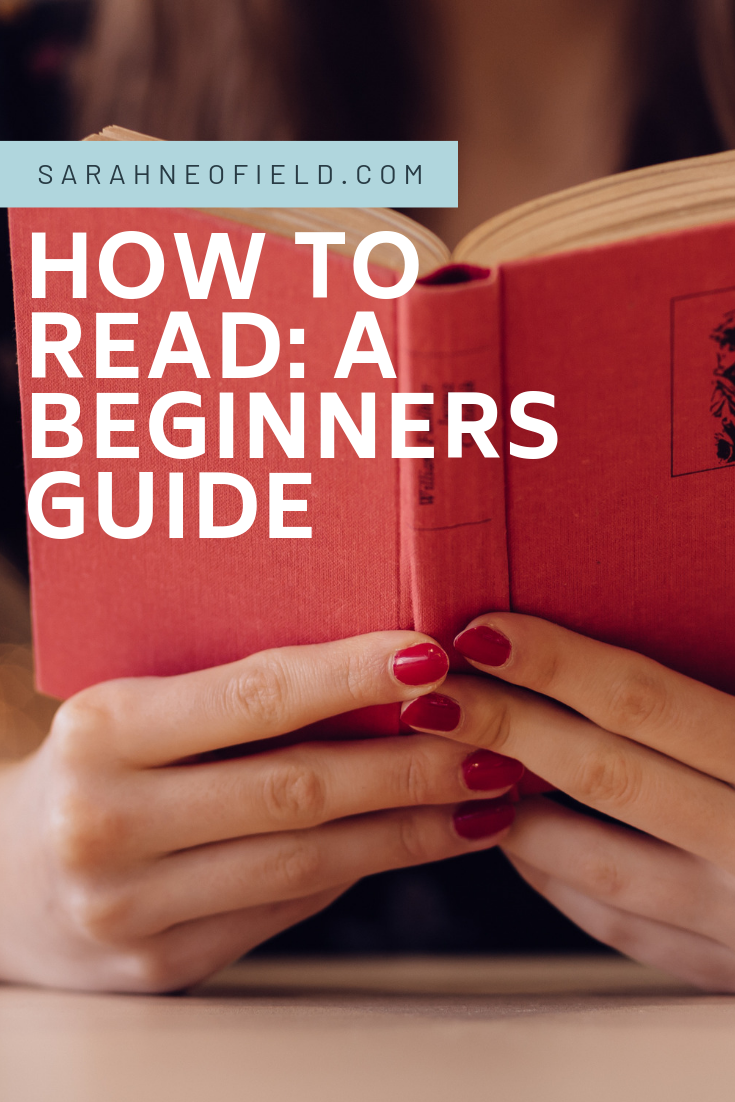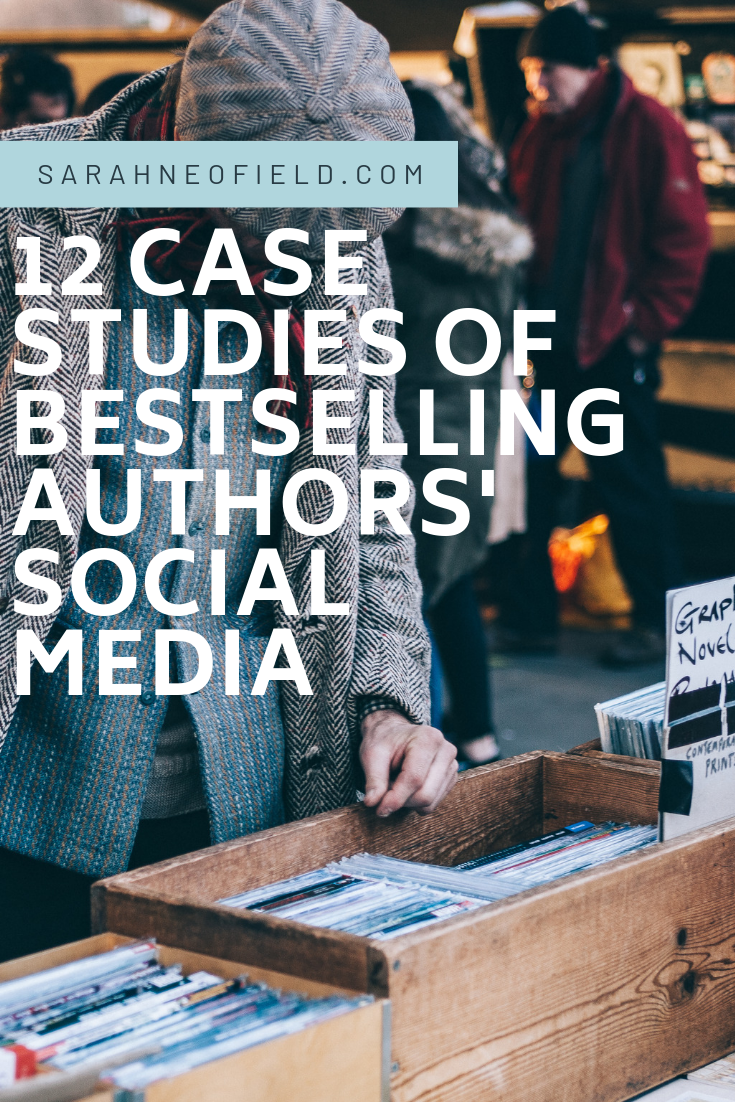Welcome to the Book Lab! Now, it is a well-known fact that academics are forever spilling things on paper. So it is fitting that an academic colleague told me a very interesting rumor she heard: that if you accidentally get a book wet (bath/shower/reading whilst washing the dishes – I don’t know how you do this, please let me know!) you can revitalise it by putting it in the freezer.
I scoffed at this quite profusely at first. It sounds, I’m sure you’ll agree, ludicrous.
My colleague was unable to recall whether one was supposed to put the book in a plastic bag tied tightly or not. But then I thought, let’s go all Myth Busters on this and perform a lovely experiment, complete with a control sample and everything. And hell, why not write it up as (well, an approximation of) an academic report on the matter?
Continue reading “The Book Lab: Effects of Sub-Zero Temperatures on Sodden Books”

![Frugal [and Effective!] Book Promotion: How to avoid the halfway home of books](https://www.sarahneofield.com/wp-content/uploads/2019/10/FrugalBookPromotion.jpg)

![On Trigger Warnings [in books]](https://www.sarahneofield.com/wp-content/uploads/2019/09/TriggerWarnings.png)
![In Defence of [Some] Bad Book Covers](https://www.sarahneofield.com/wp-content/uploads/2019/08/INDEFENSE.png)



